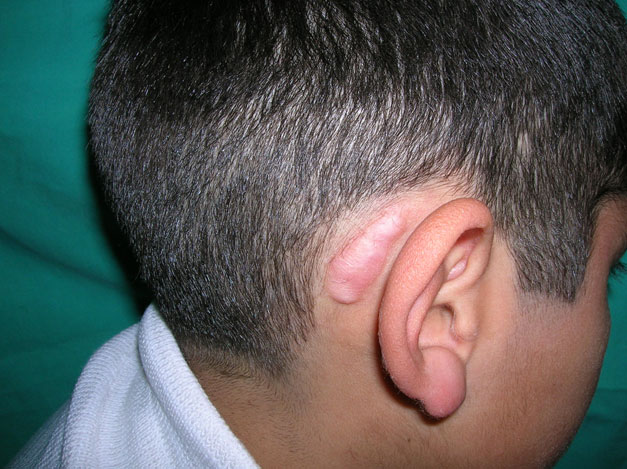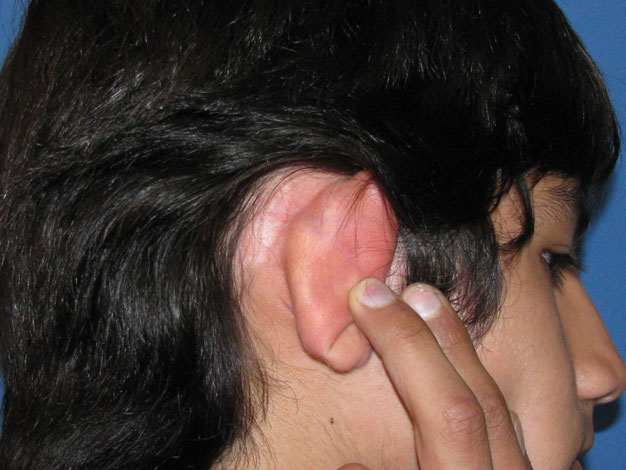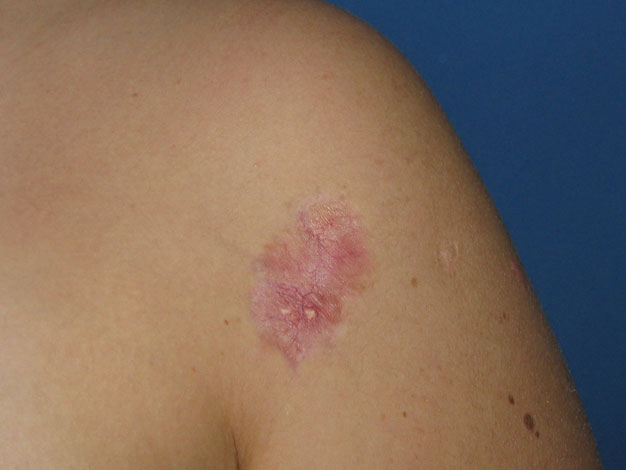lentech.com.co
Graefes Arch Clin Exp OphthalmolDOI 10.1007/s00417-012-2226-y Visual outcomes and complications following posterioriris-claw aphakic intraocular lens implantation combinedwith penetrating keratoplasty Johannes Gonnermann & Necip Torun &Matthias K. J. Klamann & Anna-Karina B. Maier &Christoph v. Sonnleithner & Antonia M. Joussen &Peter W. Rieck & Eckart Bertelmann Received: 21 August 2012 / Revised: 31 October 2012 / Accepted: 21 November 2012


